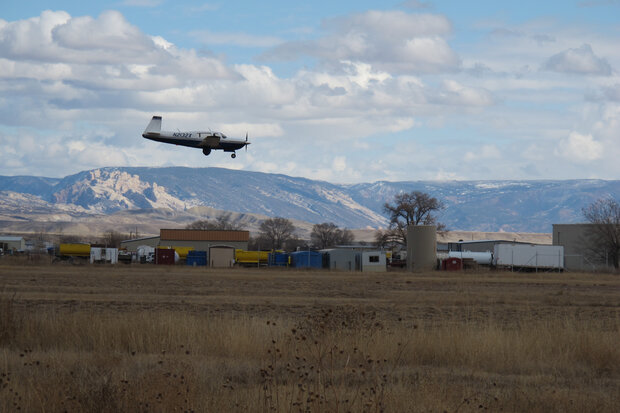Declining methane emissions but steady leakage rates observed in Western United States

<p>A research plane comes in for a landing near Vernal, Utah. Aircraft carrying monitoring instruments can measure atmospheric methane. Credit: NOAA Research</p>
A research plane comes in for a landing near Vernal, Utah. Aircraft carrying monitoring instruments can measure atmospheric methane. Credit: NOAA Research
Utah’s Uinta Basin is home to possibly the longest continuous methane monitoring site in an oil and gas-producing region. Since 2015 researchers have been tracking emissions from oil and gas wells and report that, over that time, emissions from the region have fallen by half. But more analysis of leak rates show that the oil and gas industry has a ways to go in stopping methane leaks, which impact the climate and human health, and can impose costs on Utah’s economy.
Our work in the Uinta Basin shows that the methane emissions can change over multiple years,” says professor John Lin, of the University of Utah Department of Atmospheric Sciences, “and it is important to bring a long-term perspective and monitor these emissions over multiple years as well.”
Read more at the link below.